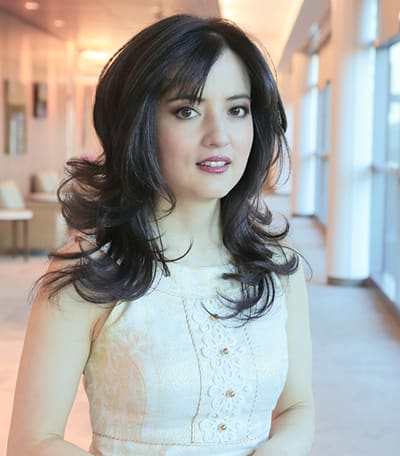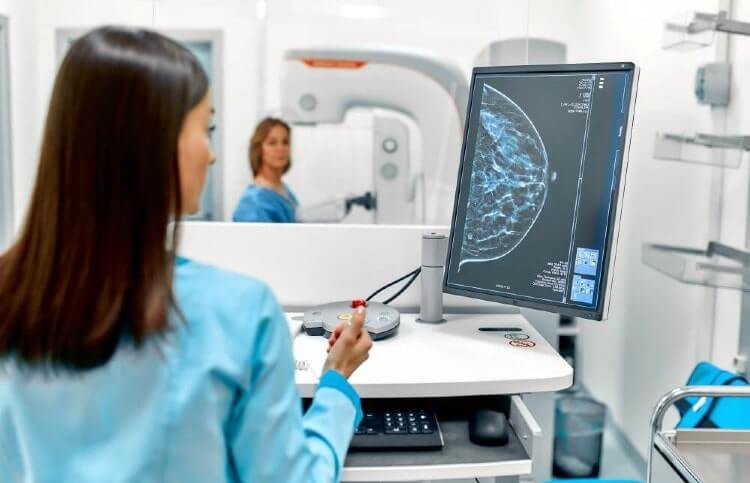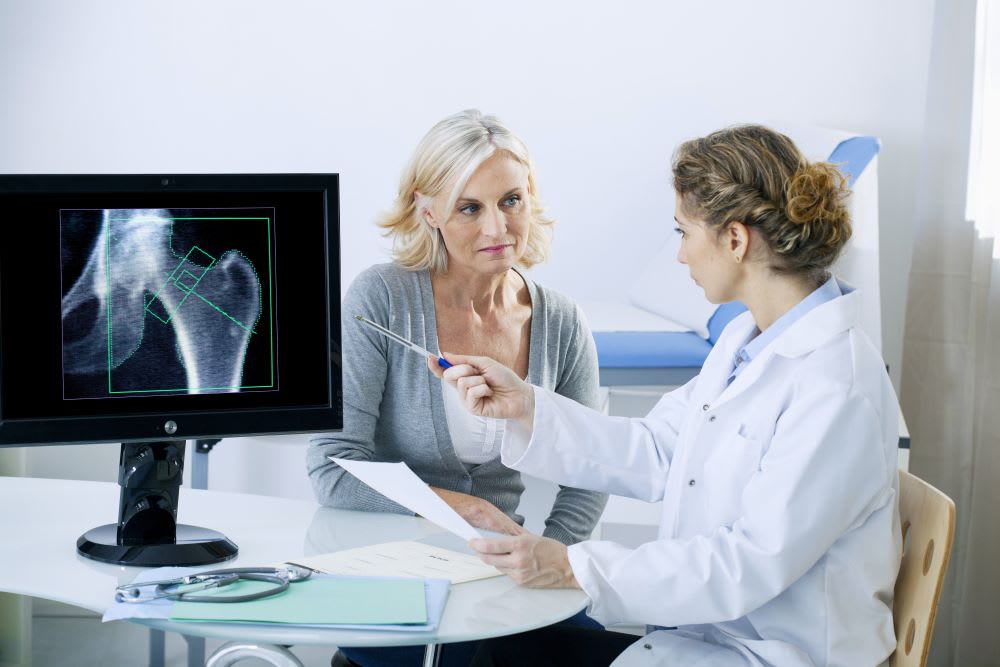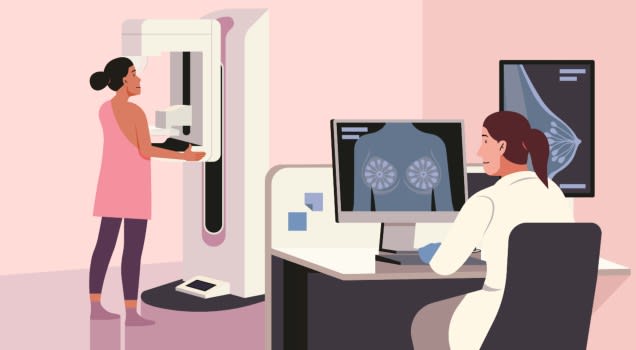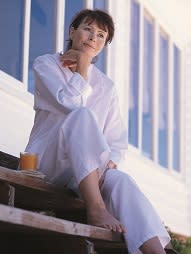When and how often should you undergo screening for breast cancer?
It depends on who you ask. Many medical societies advocate starting annual breast cancer screening at age 40. But there are subtle variations in their guidelines, which has led to much confusion.For example, the U.S. Preventive Services Task Force (USPSTF) lowered its long-recommended starting age for mammography from 50 to 40 in response to rising breast cancer diagnoses among younger women and stubbornly high death rates among Black women.
What makes the USPSTF’s announcement especially important is its potential to increase screening for breast cancer: the majority of the USPSTF’s members are primary care doctors who are ideally positioned to pass along these new guidelines to the very women who should be having yearly mammograms. This is good news.
Now USPSTF’s guidelines are more closely aligned with other organizations. The Society of Breast Imaging (SBI), the American College of Radiology (ACR), and the American Society of Breast Surgeons all recommend that women of average risk ages 40 and older have a mammogram every year. Meanwhile, the American College of Obstetricians and Gynecologists recommends mammography for women ages 40 and older every one to two years, while the American Cancer Society suggests annual screening beginning at age 45.
Although USPSTF lowered its age recommendation, the organization still urges women to undergo mammography every other year instead of annually. And having annual mammograms is the best way to reduce mortality and morbidity from breast cancer.
What is the benefit to undergoing an annual screening?
Breast cancer is the most common cancer in the world, and the second leading cause of cancer death in American women: 1 in 8 will receive a breast cancer diagnosis.More women in their 40s are being diagnosed with breast cancer than ever, especially Black women, who have the nation’s highest death rates from the disease. Although young white women and Black women have more aggressive cancers than women from other racial or ethnic groups, Black women are more likely to have aggressive cancers when they’re younger. Other minority women, including Jewish women, also develop and die from breast cancer prior to age 50 — or even age 40 — more often than white women.
Annual screenings are crucial. Screening for breast cancer every other year actually increases your risk for disease because “interval” cancers can develop between screenings, and breast cancer, once it grows, can spread from the breast ducts to the lymph nodes and become invasive. The two main things that impact breast cancer mortality are the size of the cancer and whether it spreads to the lymph nodes.
What are risk factors for developing breast cancer?
Family history, overweight or obesity, the age at which you began menstruating (early menses) or reach menopause (late menopause), how many children you have, and smoking are the main risk factors for breast cancer. Other risk factors include history of biopsies and of breast cancer, and anything that increases your estrogen exposure, such as estrogen-based hormone replacement therapy (HRT). The risk is greater if the HRT is in pill versus the more localized vaginal form, however, and is not as great as being overweight. Plus, for some women, the life-improving benefits of HRT outweigh potential dangers.Should some women begin screening earlier than 40?
If you have a family history of breast cancer, then you may want to undergo genetic testing to see if you carry an inherited mutation in the BRCA1 or BRCA2 gene, which is the most common cause of hereditary breast cancer. If you are considered high-risk, then you may also benefit from supplemental screening tests like magnetic resonance imaging (MRI) or ultrasound.To determine your breast cancer risk — and whether you’re in the 20% of women who should start screening before age 40 — you should have a risk assessment at age 30. I’m seeing more and more women in their 30s with breast cancer who would otherwise miss screening unless they knew they were in a high-risk pool.
Although, opinions on risk assessment vary, too. The ACR and SBI recommend that all women have a risk assessment by age 25, and then discuss with their doctor whether earlier screening with mammography and/or MRI is needed.
Stamford Health’s comprehensive High Risk Breast Cancer Screening program helps women navigate breast cancer prevention with many resources and support from our expert clinicians.
The bottom line:
We want all average-risk women ages 40 and older to have a yearly mammogram, because the benefits outweigh the risks.About the Author
Mia Kazanjian, MD, is the director of women’s imaging at Stamford Health.Featured Expert/ Author



